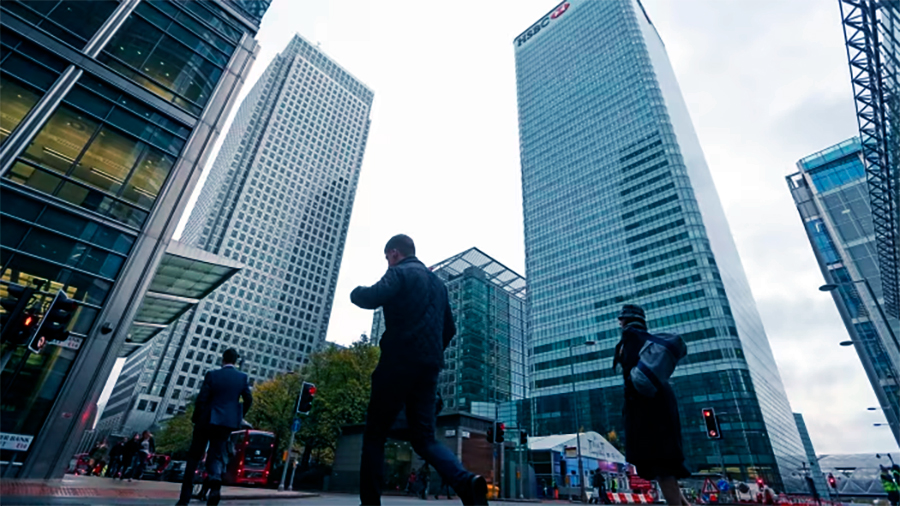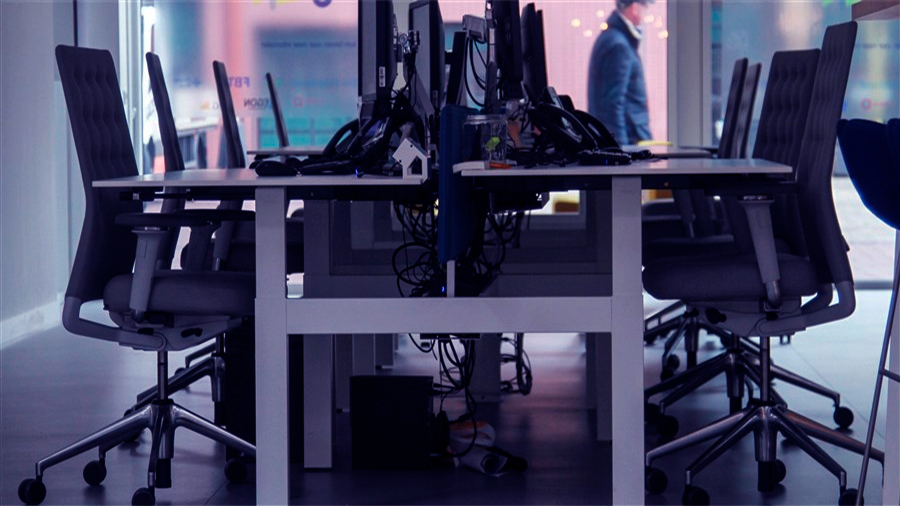How Economic Crises Influence the Unemployment Index
Every economic crisis leaves a mark on the job market. Factories slow production, retailers cut staff, and services shrink as consumer spending collapses. The unemployment index, one of the most widely tracked economic measures, rises quickly in downturns and takes far longer to normalize. Behind the numbers are real stories of layoffs, restructured companies, and shifting labor patterns. In 2025, the global economy still shows scars from the pandemic and inflationary shocks, offering a clear reminder that crises don’t just hurt businesses—they reshape the workforce in deep and lasting ways.
Why Crises Push Unemployment Up
Whenever a crisis hits, the first reaction of many businesses is to cut costs. Payroll is usually one of the largest expenses, making jobs a target. Companies reduce working hours, freeze hiring, or lay off staff entirely to preserve cash. During global recessions, these cuts ripple through industries, turning isolated problems into widespread unemployment. Unlike normal downturns, crises also undermine confidence: households spend less, investors delay projects, and banks tighten lending. This creates a feedback loop where weak demand fuels further job losses. The unemployment index becomes a mirror of this cycle, climbing as confidence erodes. For workers, this means sudden instability; for policymakers, it signals urgent intervention is needed.
The Chain Reaction
Job losses in one sector spill into others. Fewer construction projects reduce demand for raw materials, which then hurts logistics. Each link in the chain adds to the unemployment index.
Global vs. Local Impacts
Not all crises spread evenly. Global events like the 2008 financial crash or the 2020 pandemic drove unemployment up almost everywhere, though intensity varied. In contrast, local crises—such as regional debt defaults, political instability, or natural disasters—often hit specific economies hardest. For example, countries reliant on tourism see immediate spikes in unemployment when global travel slows, while export-heavy nations suffer when trade contracts. Local crises can distort the unemployment index more sharply because entire sectors may collapse at once. Global crises, meanwhile, create broader but often slower-moving shifts. For investors, governments, and workers alike, the difference matters. Understanding whether a crisis is global or localized helps predict how unemployment trends will unfold.
Examples of Uneven Impact
A debt crisis in a small economy may double unemployment locally but barely move global indicators. By contrast, a worldwide credit crunch depresses employment across continents, leaving no market untouched.

How Different Sectors Respond
Crises affect industries differently. Hospitality, travel, and retail often feel the immediate blow, as consumer spending dries up almost overnight. Construction and manufacturing follow, especially when financing becomes scarce. By contrast, healthcare and essential services often remain stable or even expand, as crises shift priorities. Technology is a mixed case: some crises fuel rapid digital adoption, creating jobs, while others cut investment in innovation. This uneven sectoral impact means the unemployment index reflects more than job losses—it also shows how economies restructure during stress. Understanding these shifts helps workers anticipate where new opportunities may emerge even as old ones vanish.
Winners and Losers
During the pandemic, hospitality collapsed while logistics and delivery services surged. The unemployment index masked these shifts, but underneath, jobs were moving from one sector to another.
The Role of Government Policy
Unemployment during crises is not inevitable—it can be softened by government action. Fiscal measures such as stimulus checks, wage subsidies, and tax breaks help businesses retain staff. Monetary policy, like lower interest rates, encourages borrowing and investment. In some countries, strong safety nets cushion workers, keeping unemployment from soaring. In others, weak policy responses make crises far harsher. The unemployment index is therefore not just an economic measure but also a reflection of policy effectiveness. Countries with proactive responses often see unemployment rise less dramatically and recover more quickly, while those that hesitate face deeper and longer scars in the labor market.
Policy as a Buffer
When governments step in quickly, unemployment may rise modestly before stabilizing. Without intervention, layoffs multiply, confidence collapses, and recovery slows dramatically.
Long-Term Effects on the Workforce
Economic crises don’t just create temporary job losses—they reshape labor markets for years. Workers who lose jobs may struggle to return, especially if their industries decline permanently. Some never re-enter the workforce, contributing to hidden unemployment. Others retrain and shift to different sectors, accelerating structural change. For example, crises often push economies toward more automation, as businesses look to reduce future risks. This creates fewer roles for low-skilled workers but more demand for digital and technical expertise. The unemployment index eventually declines as new jobs emerge, but the composition of the workforce is permanently altered. Crises speed up changes that might otherwise have taken decades.
Hidden Unemployment
Official unemployment figures often miss discouraged workers who stop looking for jobs. Crises increase this group, meaning the true damage to the workforce is deeper than the index suggests.
Past Crises and Their Impact
Looking at past crises highlights the different ways unemployment responds. In the Great Depression, unemployment in some countries exceeded 20%, leaving a lost generation of workers. The 2008 global financial crisis pushed unemployment up across advanced economies, with recovery slowest in areas dependent on construction and finance. During the COVID-19 pandemic, unemployment spiked overnight in sectors like hospitality and travel, then shifted rapidly as remote work and digital services expanded. Each event reshaped the index differently, but the common theme remains: crises cause sudden spikes, slow recoveries, and lasting changes in job structures. Learning from these patterns helps anticipate how future crises might unfold.
Why History Matters
Each crisis is unique, but they share recurring features—sudden layoffs, uneven sector impacts, and policy-driven recoveries. These lessons help predict what the next downturn might bring.

Forward-Looking Considerations
As economies face new risks—climate change, geopolitical conflict, and rapid technological disruption—the relationship between crises and unemployment may evolve. Climate disasters can wipe out local industries, creating sudden surges in unemployment. Geopolitical conflicts disrupt supply chains, leading to widespread layoffs. At the same time, technology-driven crises may displace workers quickly but also create new roles in unexpected sectors. For policymakers, the challenge will be to respond faster and smarter, using targeted tools to soften unemployment spikes. For workers, adaptability and retraining will be essential. The unemployment index will remain a critical barometer, but behind the numbers will be a workforce constantly adjusting to an uncertain world.
The Next Decade
Future crises may hit faster and harder, but they may also resolve more quickly if governments and workers adapt. Preparing now—through policy innovation and workforce resilience—could keep the unemployment index from reaching the extremes of past downturns.
Conclusion
Economic crises and unemployment are inseparable. Each downturn pushes the index higher, reflecting both immediate layoffs and deeper structural changes. While numbers eventually stabilize, the impact on workers and industries often lingers. Crises reveal weaknesses, accelerate transformations, and force both governments and individuals to adapt. For policymakers, the lesson is to intervene early. For workers, it is to remain flexible and ready to shift paths. The unemployment index will always rise during crises, but how long it stays elevated—and how much permanent damage occurs—depends on the choices made in response.












